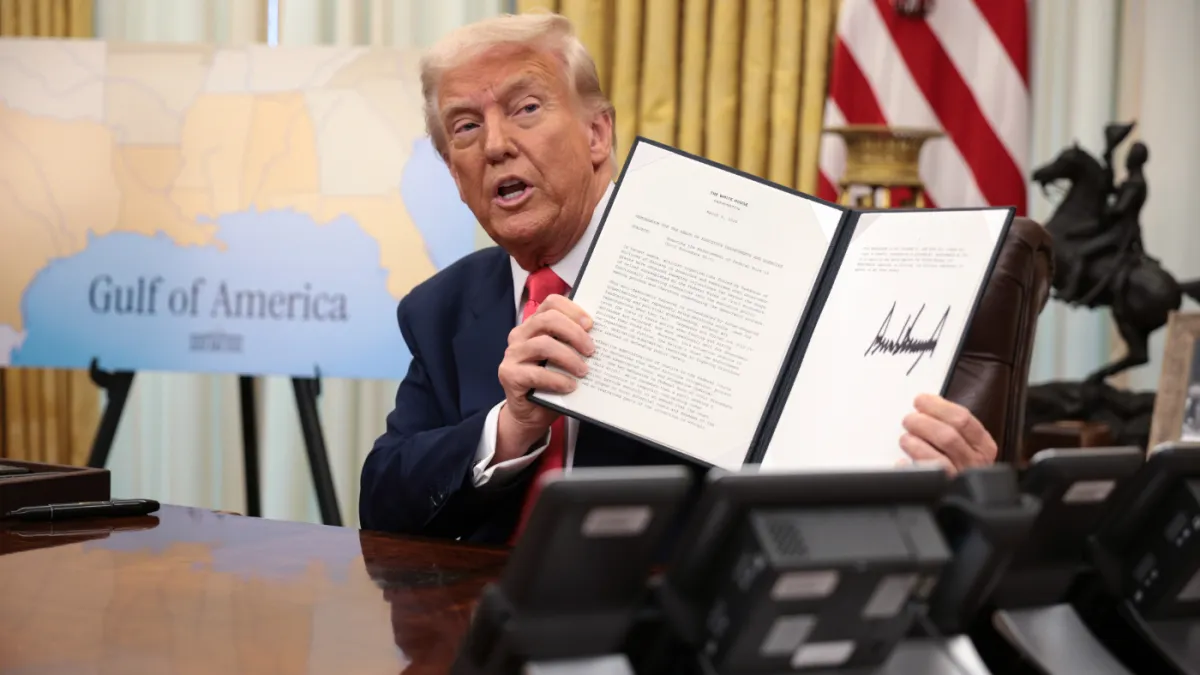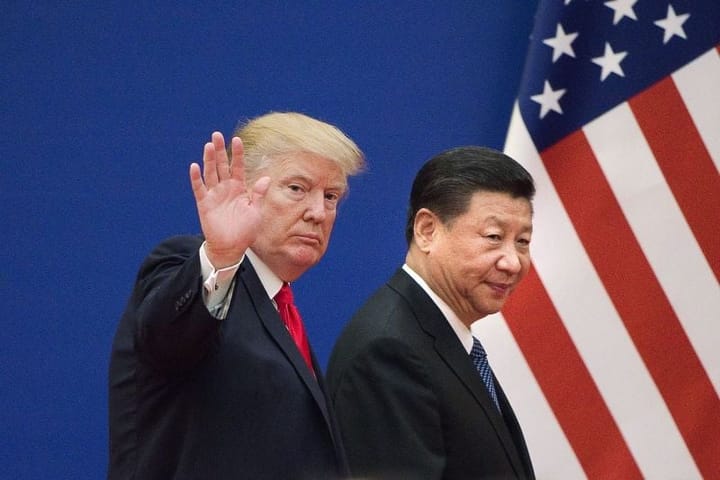Trump Tariffs in Trouble: Secret White House Backup Plan Exposed as Supreme Court Decision Looms

Trump’s Tariffs Face a Supreme Court Challenge as White House Races to Build Backup Plan
For years, President Trump’s tariff strategy has reshaped global trade, sparked political fights, and stirred deep economic debate. But now, a major turning point is approaching: the Supreme Court is reviewing whether Trump even had the constitutional authority to impose many of these tariffs in the first place. Behind the scenes, the White House is preparing for the possibility of a ruling that could undo one of the defining pillars of Trump’s economic agenda.
If the Court rules against him, the administration wants a fast replacement. And while the president publicly expresses confidence, his advisers are quietly developing backup plans that show just how high the stakes are.
Below, we break down the unfolding situation, the political fallout, the global reactions, and what it all means for the economy and consumers.
The Backup Plan: What the White House Is Preparing Behind Closed Doors
Why a Backup Strategy Is Needed Now
The core issue before the Supreme Court is whether Trump overstepped his authority by using the International Emergency Economic Powers Act (IEEPA) to impose sweeping tariffs. Traditionally, Congress controls taxation and tariffs, not the president. If the Court rules that he exceeded his power, many of those tariffs could immediately become invalid.
Federal agencies aren’t waiting for that decision. According to officials familiar with the discussions, both the Commerce Department and the U.S. Trade Representative’s office are exploring alternative legal pathways, including Sections 301 and 122 of the Trade Act. These tools still give the president some unilateral power, but they are slower, narrower, and more vulnerable to lawsuits.
Tariffs Remain Central to Trump’s Economic Vision
Despite legal risks, the administration is committed to keeping tariffs as a core strategy. One senior official described it bluntly: regardless of what the Court decides, tariffs are not going away.
Trump himself hinted at this flexibility, saying the administration would “find ways” to continue the policy.
Their preparations show quiet acknowledgment that the Supreme Court may not side with them.
The Battle Over Costs: Trump Cuts Tariffs on Brazil Amid Consumer Pressure
Food Prices Spark a Major Policy Shift
As Americans face continued price pressure on essential goods, the administration recently lifted tariffs on several Brazilian imports, including beef and coffee. Brazil is one of the world’s largest suppliers of these staples.
This comes after months of rising food prices and notable wins for Democrats in state and local elections, many of whom focused on affordability issues. The move signals that the White House is sensitive to public frustration, especially as the 2026 midterms inch closer.
A Big Win for Brazil
Brazil’s President Lula celebrated the tariff removal as a major victory. He had long believed Trump’s steep 40 percent tariff on Brazilian goods would eventually crack under U.S. consumer pressure, and he appears to have been right.
His strategy of resisting Trump rather than yielding has become a model for other countries navigating the administration’s aggressive trade stance.
Trump Floats a “Tariff Dividend”: Could Americans Receive Checks?
A New Rebate Proposal Emerges
To soften the blow of higher consumer costs, Trump has floated the idea of issuing $2,000 rebate checks to millions of Americans. He framed it as a “tariff dividend” that would return money generated from tariffs back to households.
He suggested the payments might come sometime next year, although officials acknowledge that Congress would need to approve any such plan. Economists have already raised concerns that rebate checks could undercut the administration’s earlier promises to use tariff revenue to reduce the national deficit.
Revised Fiscal Outlook
The Congressional Budget Office recently adjusted its estimates for how tariffs affect federal deficits. The projected deficit reduction dropped from $4 trillion to $3 trillion by 2035, suggesting the financial benefits of tariffs are lower than originally claimed.
The Global Ripple Effects: Other Countries Respond to Trump’s Tariff Strategy
Canada Pushes Forward Without U.S. Participation
At the G20 summit in South Africa, Canadian Prime Minister Mark Carney delivered a blunt message: the world can move forward even without the United States.
With the U.S. boycotting the summit, Carney emphasized efforts to strengthen Canada’s ties with other major economies, signaling a shift away from reliance on American partnerships. His comments reflect growing frustration over U.S. trade unpredictability and a desire for more stable global cooperation.
U.S.–China Trade Tensions Cool Slightly
In a surprising turn, the U.S. and China reached a temporary trade truce. China agreed to halt new export controls on rare earth metals and stop investigations into American chipmakers, while the U.S. paused some of Trump’s reciprocal tariffs for another year.
Rare earth metals are essential for everything from electric vehicles to smartphones, making this agreement significant for global technology supply chains.
Switzerland and India Also in Focus
Switzerland secured a deal to reduce tariffs on its exports dramatically, avoiding the shock of the 39 percent levels introduced earlier. Meanwhile, Trump hinted that tariffs on Indian goods could be reduced soon as the two nations moved closer to a new trade agreement.
Rising Pressure on India: Reliance Stops Using Russian Oil
In another major development connected to U.S. sanctions pressure, Reliance—India’s largest private oil refiner—announced it will stop using Russian crude at one of its major facilities. This shift comes after the U.S. expanded sanctions on Russian oil giants Rosneft and Lukoil.
India had previously become the biggest buyer of cheap Russian oil since the Ukraine war began. But with sanctions tightening, Indian companies are being forced to adjust to avoid penalties and trade complications.
What It All Means for Americans: Economic Uncertainty and Political High Stakes
As the Supreme Court weighs its decision, the future of Trump’s tariffs hangs in the balance. Consumers are already feeling the impacts of pricing changes. Global partners are recalibrating their relationships with the U.S. Businesses are bracing for more volatility.
And with the 2026 elections on the horizon, the political consequences are enormous. A ruling against the administration could unravel a major part of Trump’s trade legacy. A ruling in his favor could solidify his broad authority to reshape international trade for years to come.
Either way, the country is preparing for major economic and political shifts.


